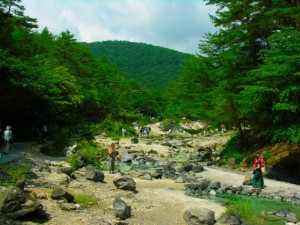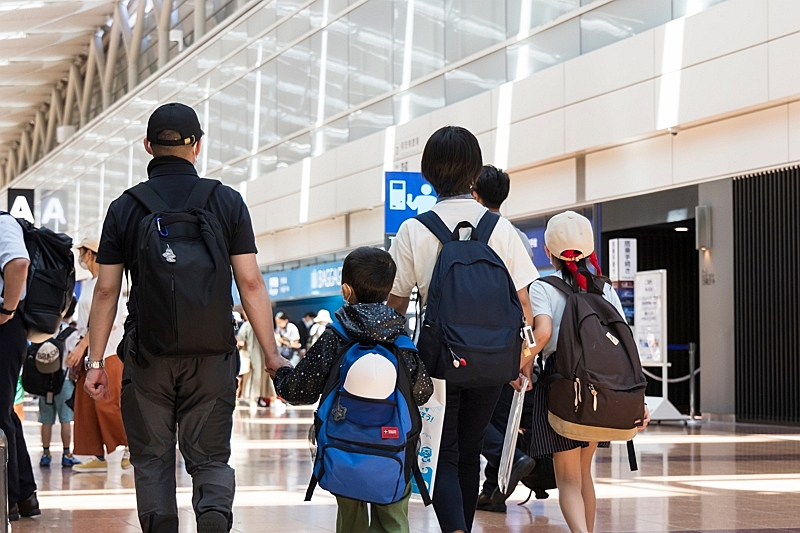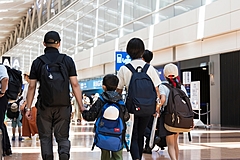
“White Paper on Tourism in Japan, 2013” (“State of Tourism in FY 2012” and the “Tourism Policy in FY 2013”) reviews the international tourism policies of the past, and presents 6 points as concerns of the present with measures which should be taken in the future.
Among these points, in “development of growing market and expansion of strategic promotion” section, it points out that 65% of the foreign tourists visiting Japan have come exclusively from 4 East Asian countries/areas (Korea, China, Taiwan and Hong Kong.) It indicates the need to diversify the regions visitors come from to construct a stable structure for attracting foreign visitors which will not be strongly affected by external factors. Hence “1 million visitors from Southeast Asia plan” is conducted this year in order to attract visitors from Southeast Asia in full scale. To accept 2 million visitors will be a goal to be reached by 2006. To accomplish this, measures such as creating a good environment to accommodate Muslim visitors, open skies policy and cooperation with LCCs are to be taken.
In “strengthening international competitiveness in MICE field” section, it points out that starting around 2000, the number of MICE hosted in Japan is decreasing on the contrary to China, Korea and Singapore. Strengthening international competitiveness in MICE field is an urgent issue, thus convention oriented cities should be nurtured in order to be competitive in the global MICE attraction. In addition, implementation of further intensive market research, utilization of MICE as a strategic tool, enhancement of the differentiation of each cities are all needed to encourage more highly sophisticated marketing strategy.
Other points listed include “establishing and enriching the’ Japan brand’ for the foreign visitors” and “strengthening worldwide viewpoint.” Further, under “making the all-Japan structure even more intensive” section, measures such as smooth immigration procedures and unrestricted visa and cooperation among infrastructure projects are encouraged to be taken with close cooperation between public and private sectors involving related government ministries and agencies. In “creating a good environment to accommodate foreign visitors”, encouraging multi-language signs to be posted in public transportations and tourist facilities, improving of wireless LAN environment are indicated as some measures which will result in an improvement in the satisfaction level of the foreign tourists.





